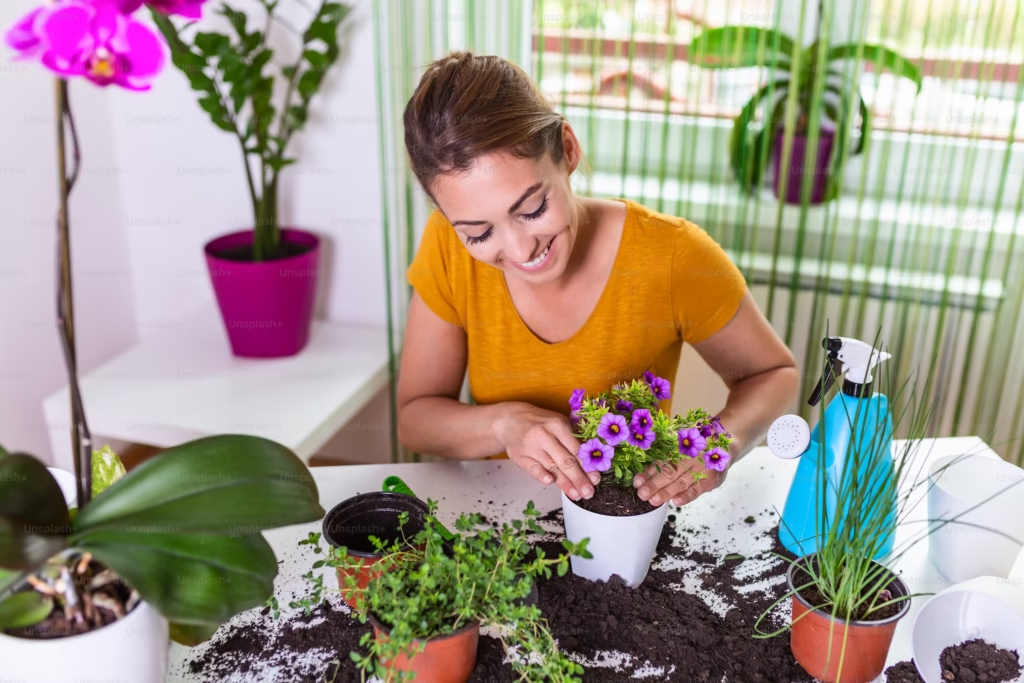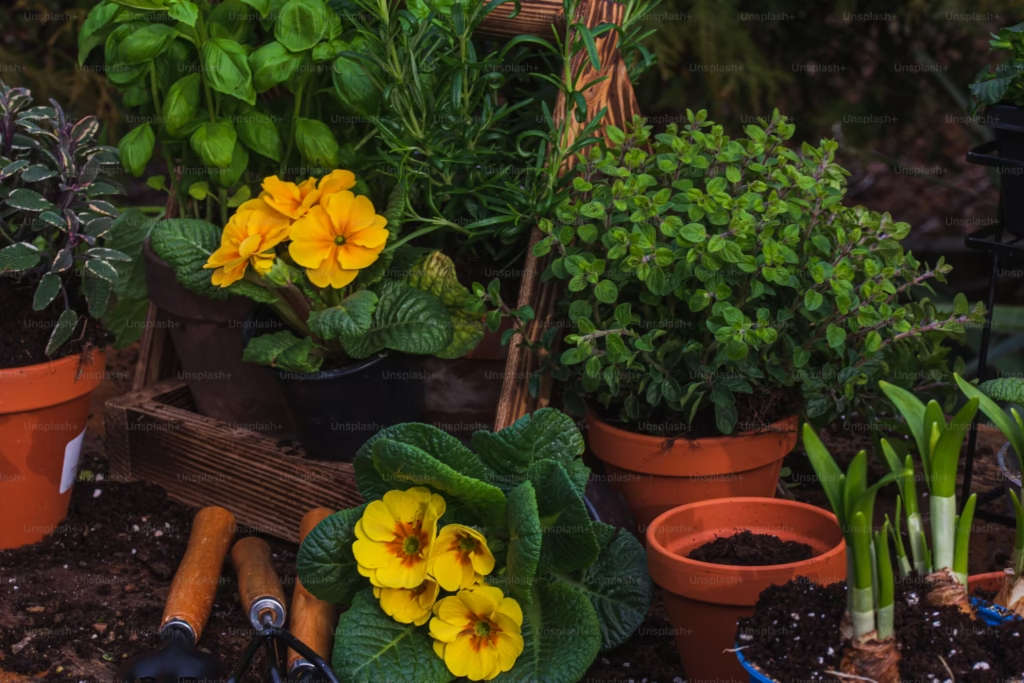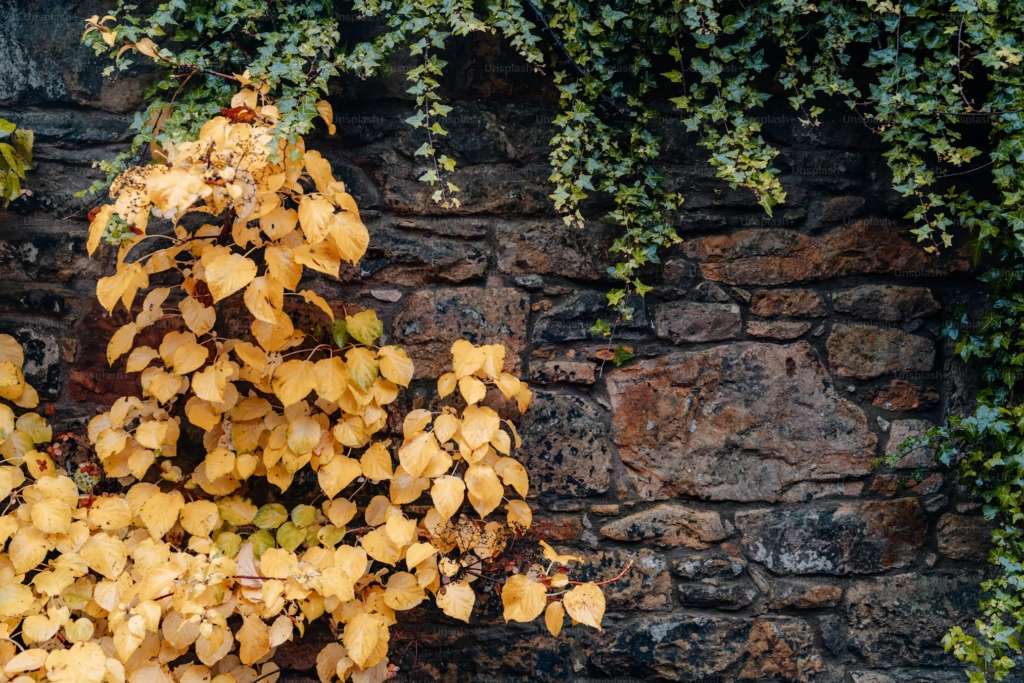
How to Transition Plants Between Seasons
As the seasons change, so do the needs of your houseplants. Transitioning plants between seasons can help them thrive year-round, whether you’re moving them from the outdoors to indoors, or adjusting them to new conditions like lower light levels or temperature changes. This guide will help you make the transition as smooth as possible, ensuring your plants stay healthy and vibrant throughout the year.
1. Understand the Seasonal Needs of Your Plants
Before you transition your plants, it’s important to know their specific needs for each season. Some plants thrive in the warmth and brightness of summer, while others may require a cooler or darker environment in the winter months.
Key Factors to Consider:
- Light Requirements: Many plants need more sunlight in the spring and summer, while they may require lower light levels in fall and winter. Understanding whether your plant is a sun-lover or prefers the shade is crucial.
- Temperature Preferences: Different plants have varying tolerances for temperature. Some plants, like tropical species, prefer warmth, while others, such as succulents, thrive in cooler conditions.
- Watering Needs: As temperatures drop, most plants require less water. It’s important to adjust watering schedules based on seasonal changes to prevent overwatering, which can lead to root rot.
2. Moving Outdoor Plants Indoors
When the temperatures begin to drop and the outdoor growing season ends, it’s time to move your plants indoors. Here are some steps to ensure a successful transition:
Steps for Transitioning Outdoor Plants Indoors:
- Acclimatize Your Plants: Gradually acclimate your outdoor plants to indoor conditions. Start by bringing them indoors for a few hours each day, increasing the time over the course of a week. This helps them adjust to the lower light levels and temperature inside.
- Inspect for Pests: Before moving your plants indoors, carefully inspect them for pests or diseases. Outdoor plants may have picked up insects, which can now infest your indoor plants. Wash the leaves and stems with water or a mild insecticidal soap to prevent pests from spreading.
- Repot if Necessary: If your plants have outgrown their pots or need fresh soil, now is the time to repot them. Make sure the new container has good drainage and use soil suited to the plant’s needs.
- Provide Adequate Light: Once indoors, ensure your plants still receive enough light. Place them near windows that get plenty of natural sunlight, or consider using grow lights if your home has limited natural light.
3. Adjusting for Winter Dormancy
Many plants go dormant in the winter, meaning they stop growing and conserve energy. This is a normal process, and you’ll need to adjust your care routine accordingly.
Key Tips for Winter Dormancy:
- Reduce Watering: During the winter months, most plants need less water. Be sure to check the soil’s moisture level before watering, as overwatering in the winter can cause root rot. Succulents and cacti, in particular, need very little water in winter.
- Lower Temperature: Many plants, especially those that are typically grown outdoors in warmer months, will thrive in cooler temperatures during winter dormancy. Consider moving them to a cooler spot in your home to mimic their natural resting period.
- Avoid Fertilizing: Plants generally don’t need fertilizer during the winter since they are in a dormant phase. Hold off on fertilizing until spring when the growing season begins.
4. Transitioning Indoor Plants to Outdoor Spaces
When warmer weather returns, it’s time to bring your indoor plants back outside to enjoy the sunlight and fresh air. Follow these steps for a successful transition:
Steps for Transitioning Indoor Plants Outdoors:
- Gradual Acclimation: Just like when you bring outdoor plants inside, it’s important to acclimate your indoor plants to outdoor conditions. Start by placing them in a shaded spot for a few hours each day, gradually increasing their exposure to direct sunlight. This prevents shock and leaf burn.
- Check for Pests: Before bringing your plants back outside, inspect them for pests or diseases. If necessary, treat them with an organic insecticide or pest deterrent.
- Increase Watering: Outdoor plants often need more frequent watering than indoor plants. Be sure to adjust your watering schedule, as outdoor temperatures and wind can cause the soil to dry out faster.
- Repot if Needed: Outdoor conditions may require more space or different soil than indoor conditions. Consider repotting your plants with fresh soil and a larger pot if necessary.
5. Creating a Seasonal Care Routine
To make transitioning plants between seasons easier, it’s helpful to establish a seasonal care routine. Here’s a breakdown of things to monitor for each season:
Spring/Summer Care:
- Increase watering as temperatures rise and the plants start growing actively.
- Provide plenty of sunlight (or supplemental lighting indoors).
- Fertilize every 4-6 weeks to support the growth cycle.
- Check for pests regularly as plants begin to thrive.
Fall/Winter Care:
- Reduce watering as the plant’s growth slows down.
- Move plants away from cold drafts, heaters, or radiators to protect them from temperature fluctuations.
- Keep humidity levels up for tropical plants, which can dry out in the winter air.
- Avoid fertilizing unless your plants are actively growing.
6. Monitor Plant Health
After transitioning your plants, keep an eye on them for signs of stress. Common signs of stress after transitioning between seasons include yellowing leaves, drooping, or browning tips. If you notice these issues, it could be due to sudden changes in temperature, light, or watering habits. Be patient and give your plants time to adjust, but don’t hesitate to adjust your care routine if necessary.
Conclusion
Successfully transitioning plants between seasons requires understanding their specific needs and adjusting your care routine accordingly. Whether you’re moving plants from the outdoors to indoors or preparing them for winter dormancy, gradual acclimatization, proper watering, and monitoring light and temperature are key to ensuring your plants thrive. With a little planning and attention, your houseplants will be able to make a smooth transition and continue to grow beautifully year-round.



